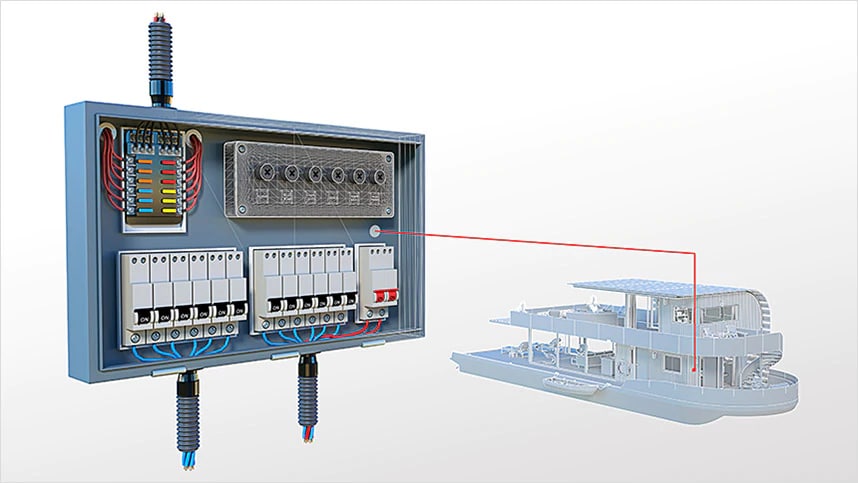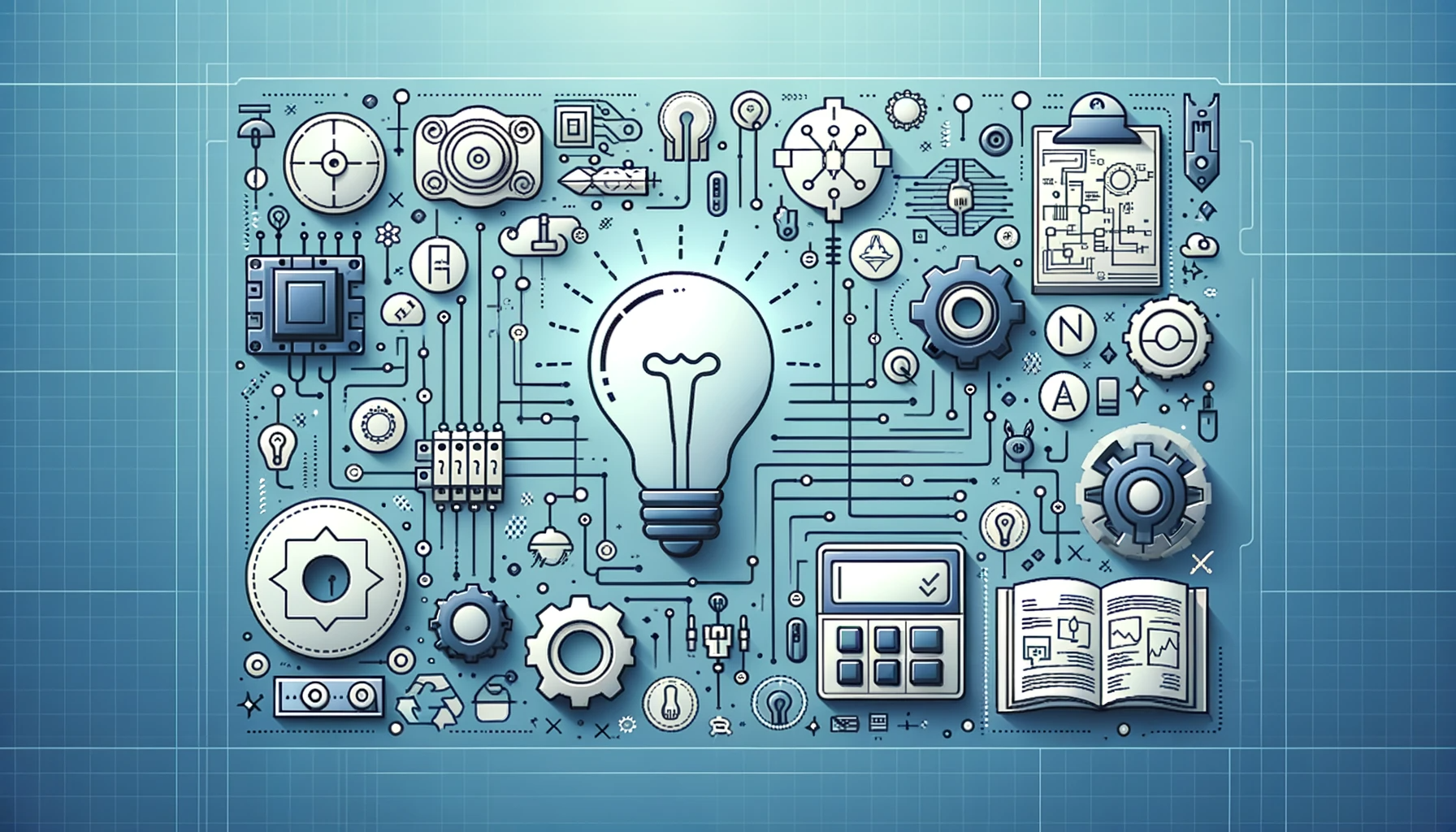High-Quality Electrical Design Services for Commercial and Projects
High-Quality Electrical Design Services for Commercial and Projects
Blog Article
Cutting-edge Electrical Design Services for Modern Facilities
The advancement of modern infrastructure demands ingenious electric design services that not just improve operational performance but likewise address sustainability difficulties. As metropolitan settings expand significantly intricate, including modern technologies such as wise grids and renewable power resources ends up being paramount. These developments not only guarantee to optimize energy intake yet additionally foster strength against future needs. The landscape of electrical design is going through quick improvement, motivating a better evaluation of arising trends and their effects for long-term infrastructure feasibility. What might the future hold for those who welcome these ingenious strategies?
Significance of Ingenious Electric Design
Innovative electrical design plays an essential role in contemporary facilities, affecting not only efficiency yet likewise sustainability. As cities develop and the demand for energy boosts, the demand for innovative electrical systems comes to be paramount. These systems need to not only meet present demands however likewise prepare for future growth and technical advancements.
A well-executed electrical design can substantially lower power usage, thereby decreasing operational expenses and minimizing ecological impact. By incorporating renewable resource resources, such as solar panels and wind turbines, cutting-edge layouts can boost power independence and resilience. Wise grid innovations allow for real-time surveillance and administration of power circulation, enhancing efficiency and minimizing waste.
Safety and security is another essential element of electrical design. Carrying out innovative modern technologies and strenuous standards can mitigate dangers associated with electrical failings, guaranteeing a secure environment for services and citizens alike. Furthermore, ingenious designs promote flexibility, permitting facilities to integrate arising technologies perfectly.
Key Fads in Electrical Design
As the landscape of electrical design remains to progress, numerous key trends are forming the future of the industry. One significant fad is the integration of smart modern technology right into electric systems. The proliferation of the Net of Things (IoT) has allowed real-time tracking and control of electrical devices, improving efficiency and helping with anticipating upkeep.
Another fad is the growing focus on modular design. This technique permits scalable and versatile remedies, making it possible for framework to adapt to transforming needs without substantial improvements. Furthermore, the usage of advanced simulation tools and Building Info Modeling (BIM) is coming to be progressively common, improving the design procedure and boosting cooperation amongst stakeholders.
Additionally, advancements in materials scientific research are causing the growth of lighter, a lot more sturdy, and energy-efficient elements. This innovation is specifically vital for high-performance buildings and facilities tasks.
Finally, there is a significant change in the direction of data-driven decision-making - industrial electrical design. Leveraging information analytics assists designers enhance systems for performance and cost-effectiveness. Together, these patterns symbolize a transformative period in electrical design, improving functionality, sustainability, and strength in modern-day facilities
Sustainable Energy Solutions
Lasting energy options are progressively coming to be a critical focus in electric design, mirroring a wider commitment to ecological responsibility and resource performance. These services intend to reduce environmental impact while maximizing power intake in different frameworks, from property buildings to huge business centers.
Among the leading strategies involves the combination of sustainable power sources, such as solar panels and wind turbines, into electric systems. This not just lowers dependency on nonrenewable fuel sources however likewise boosts energy resilience. Furthermore, ingenious power storage systems, such as sophisticated batteries, allow effective monitoring and distribution of energy, making sure that surplus power created during top manufacturing can be utilized during high demand durations.
Additionally, energy-efficient design practices are being taken on to improve total system efficiency. This includes making use of energy-efficient illumination, cooling and heating systems, and clever structure technologies that adapt and keep track of power usage based on tenancy and environmental problems.
Smart Grid Technologies
The execution of sustainable power remedies normally results in the exploration of wise grid technologies, which play a crucial function in updating electric systems. Smart grids utilize advanced interaction modern technologies and data analytics to enhance the dependability, efficiency, and sustainability of electrical power distribution. By integrating electronic modern technology with traditional grid facilities, these systems help with real-time tracking, automated control, and enhanced decision-making abilities.
One of the crucial attributes of wise grids is their capability to accommodate sustainable power resources, such as read more solar and wind power. This adaptability not just minimizes reliance on nonrenewable fuel sources yet additionally enables a more decentralized power manufacturing design. Wise grids make it possible for demand response programs, where consumers can adjust their energy usage based on real-time prices, thereby promoting energy conservation and minimizing peak lots demands.
Furthermore, smart grid modern technologies boost grid strength by enabling quicker identification and resolution of failures, inevitably lessening downtime. With predictive upkeep and analytics, energies can enhance procedures and improve service distribution. As neighborhoods and cities continue to advance, clever grid technologies are vital for developing a lasting and effective electric facilities visit this page that fulfills the needs of modern society.

Future-Proofing Infrastructure
To ensure long-lasting stability and flexibility, future-proofing facilities is important in the rapidly evolving landscape of electric design solutions. As technology advances and power demands shift, it is important that electrical systems are designed with adaptability in mind. This requires incorporating scalable solutions that can accommodate future upgrades without requiring substantial overhauls.

In addition, sustainability needs to be a keystone of future-proofed designs. Utilizing renewable resource resources, such as solar and wind, and enhancing power efficiency lower dependency on fossil fuels, lining up with international efforts to deal with climate modification.
Final Thought
By prioritizing efficiency, versatility, and sustainability, these solutions deal with the evolving needs of energy systems. The assimilation of smart grid technologies and sustainable power remedies boosts strength and decreases functional prices.
A well-executed electric design can considerably reduce energy intake, consequently reducing functional costs and minimizing ecological influence. By integrating renewable energy resources, such as solar panels and wind generators, innovative layouts can enhance energy freedom and durability. Additionally, ingenious energy storage systems, such as advanced batteries, make it possible for effective monitoring and distribution of power, guaranteeing that surplus energy produced throughout height manufacturing can be used during high demand durations.
Smart grids enable need reaction programs, where Resources customers can change their power usage based on real-time pricing, therefore promoting energy preservation and lowering peak load needs. (residential electrical design)
As technology breakthroughs and power demands change, it is critical that electric systems are designed with flexibility in mind.
Report this page